Jammu and Kashmir, Sep 17 (V7N)- The long-awaited assembly elections in Jammu and Kashmir are finally set to take place after a decade. The last assembly poll in the region was held in 2014, and this year’s election will be conducted in three phases for the 90 constituencies of the Union Territory. Voting is scheduled for September 18, 25, and October 1, with the counting of votes to take place on October 4.
The first phase on September 18 will see voting in 24 constituencies, followed by 26 in the second phase on September 25, and the final 40 constituencies on October 1. This announcement follows a directive from India’s top court, which required that assembly elections in Jammu and Kashmir be completed by September 30, 2024.
The Chief Election Commissioner revealed that there are 87.09 lakh eligible voters in the region, including 44.46 lakh male voters and 42.62 lakh female voters. Among them, 3.71 lakh will be voting for the first time, and 20.7 lakh are new-generation voters. Voting will take place across 11,800 polling centres.
Of the 90 constituencies, 74 are general seats, while seven are reserved for scheduled castes and nine for scheduled tribes.
Political Landscape
The main political contest is expected to be between the People’s Democratic Party (PDP), led by former Chief Minister Mehbooba Mufti, and the National Conference (NC), led by Omar Abdullah. The NC is contesting in an alliance with the Indian National Congress, while the Bharatiya Janata Party (BJP) is also vying for seats, despite having a weaker presence in the Valley.
Interestingly, Mehbooba Mufti will not be participating in this election. Instead, her daughter, Iltija Mufti, is contesting in her place. National Conference leader Farooq Abdullah, also a former Chief Minister, expressed his enthusiasm, announcing that he would run in the elections and is confident of victory.
Historical Context and Recent Developments
Jammu and Kashmir has not had an elected government for five years, since the People’s Democratic Party pulled out of a coalition government with the BJP in June 2018, leading to central rule. The upcoming elections follow significant changes in the region, including the abrogation of Article 370 and 35A in 2019, which stripped Jammu and Kashmir of its special status and divided it into two Union Territories: Jammu and Kashmir, and Ladakh.
While the elections have historically seen boycotts by separatist leaders and low voter turnout, there is cautious optimism this time. Some separatist leaders are contesting for seats, which may lead to greater participation from voters.
Assembly Elections in Haryana
In addition to Jammu and Kashmir, assembly elections have also been scheduled for the Indian state of Haryana. Voting will take place on October 1 for all 90 seats. Congress, which hopes to perform well in these elections, has expressed its readiness, with state president Uday Bhan welcoming the Election Commission’s announcement.
These elections mark a crucial moment for Jammu and Kashmir, with both the political landscape and public sentiment evolving since the last assembly polls in 2014. All eyes are now on the upcoming voting phases, and the region waits to see how this election will shape its future.
END/AJ/SMA



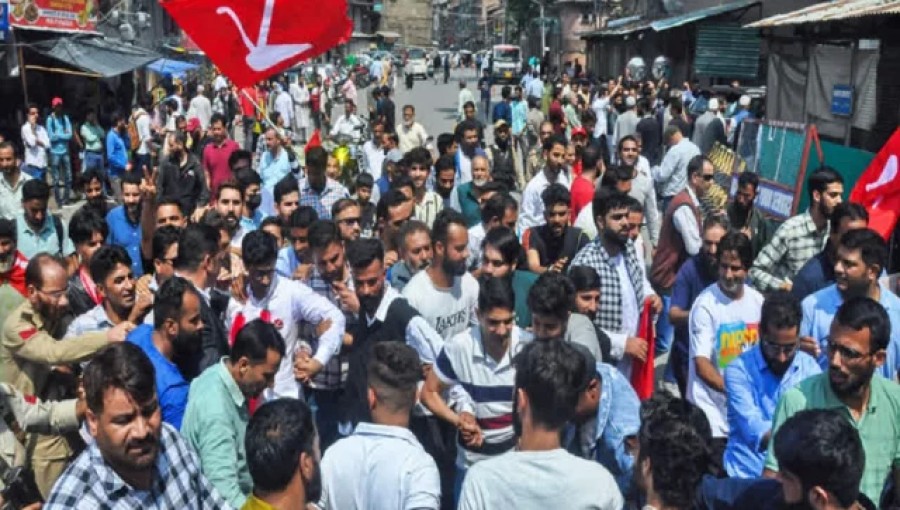
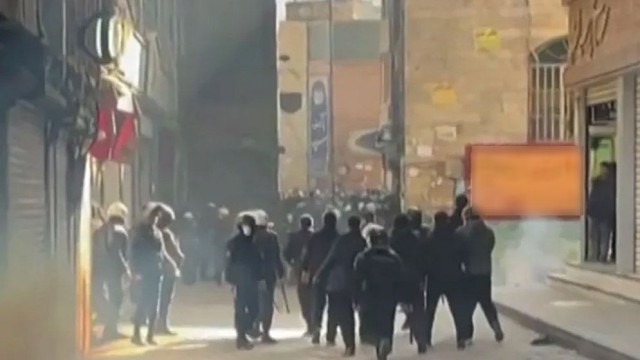
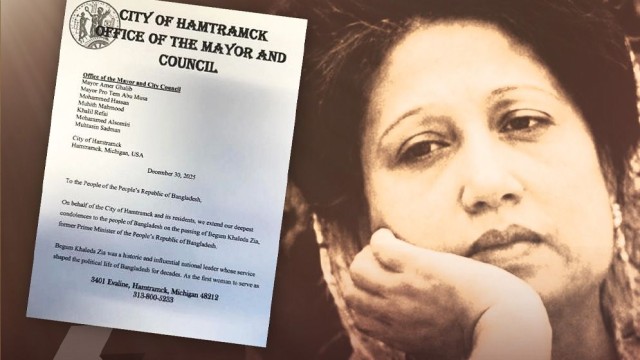

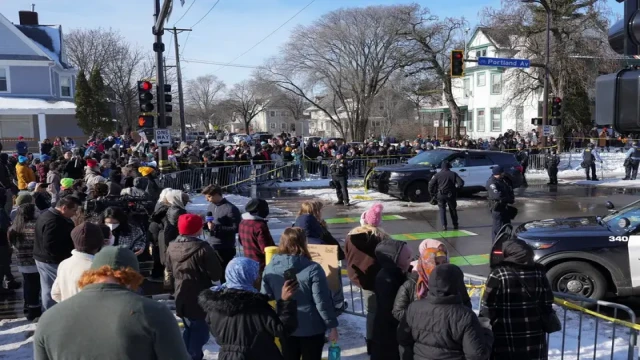

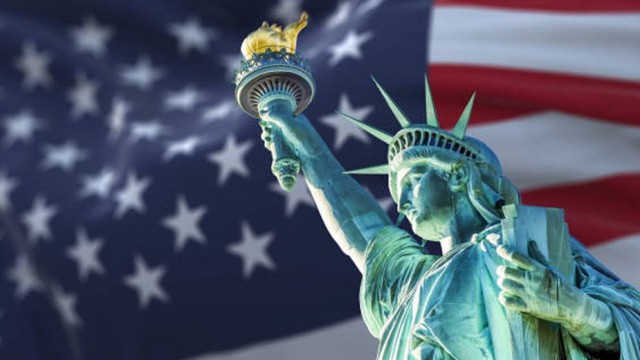
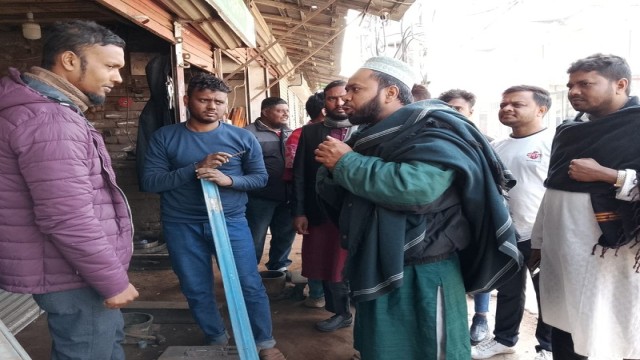

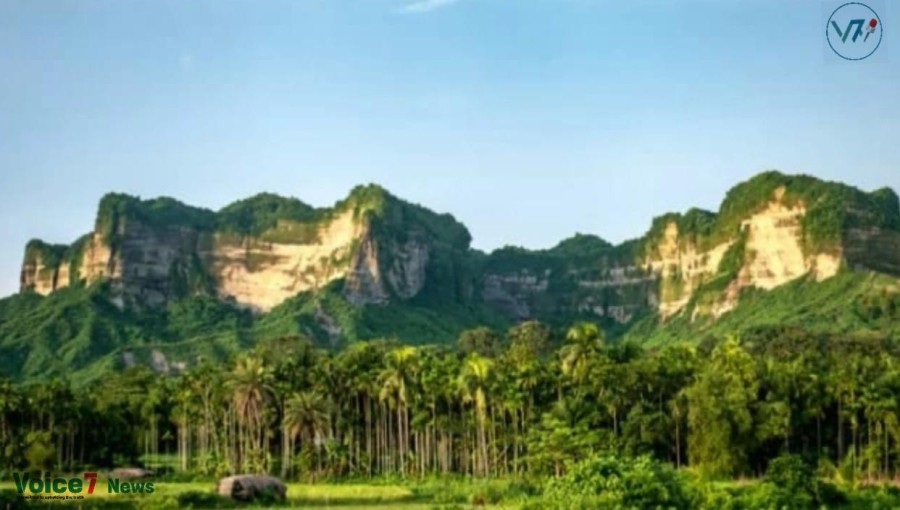
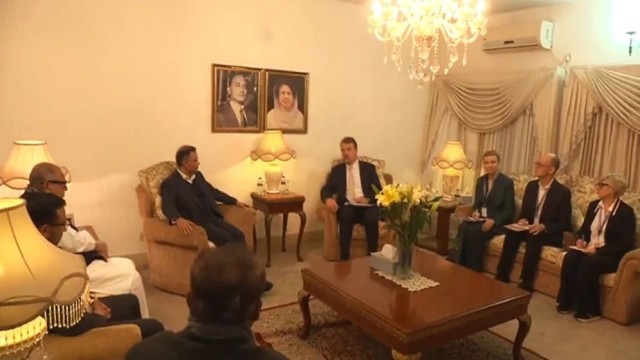
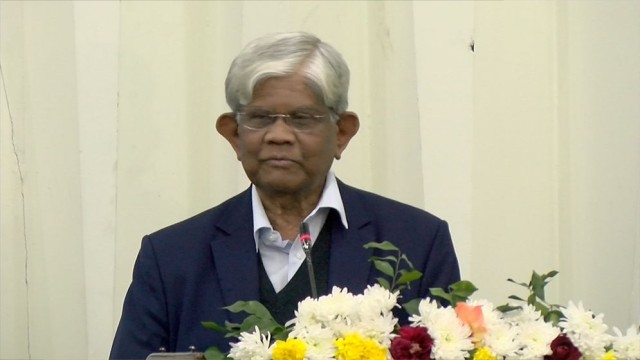
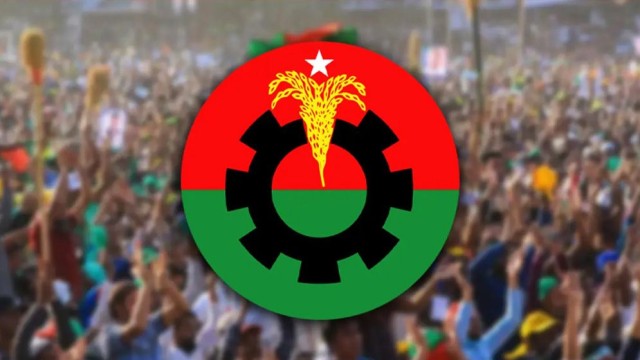
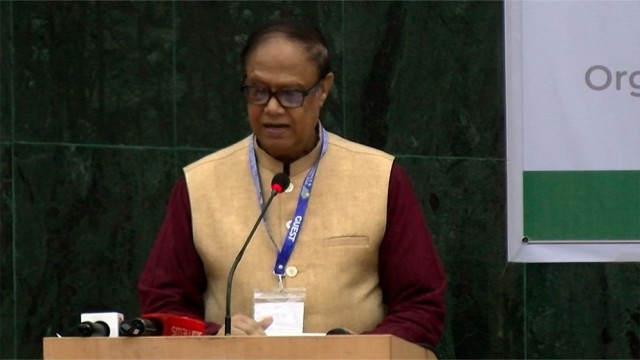
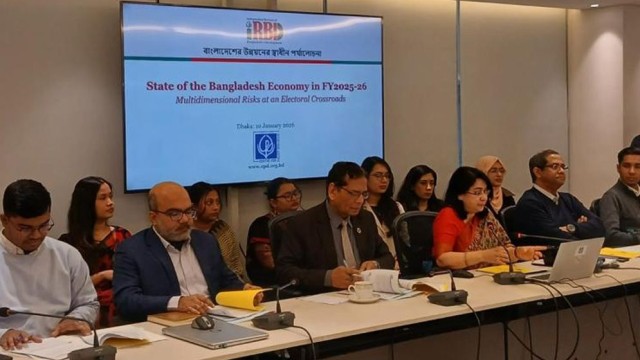
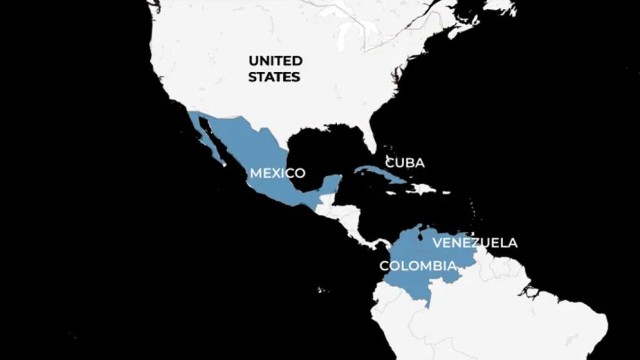
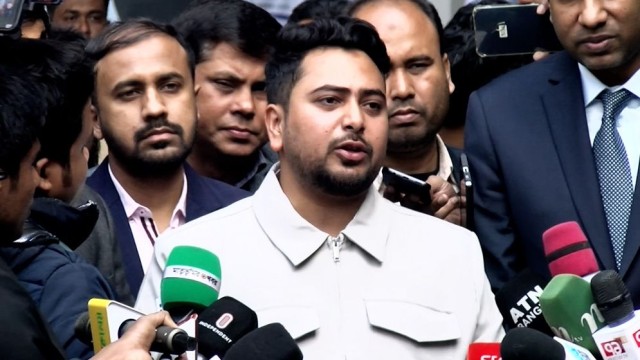

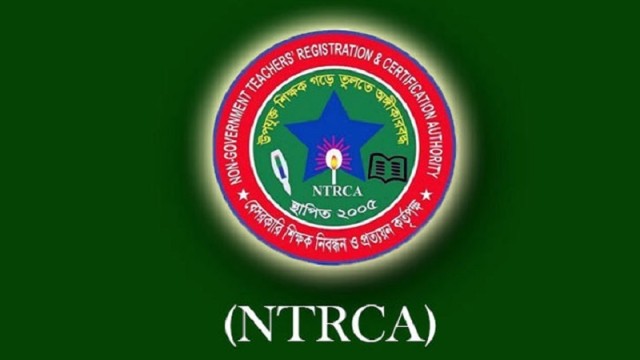

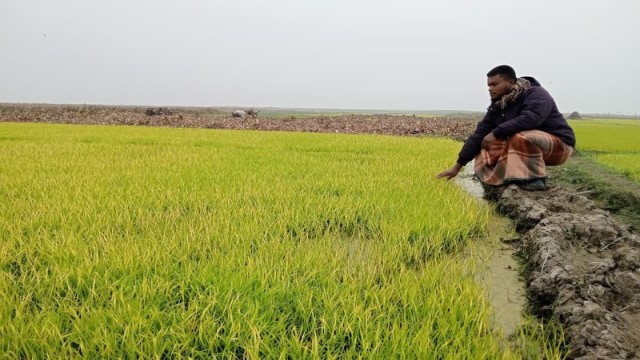


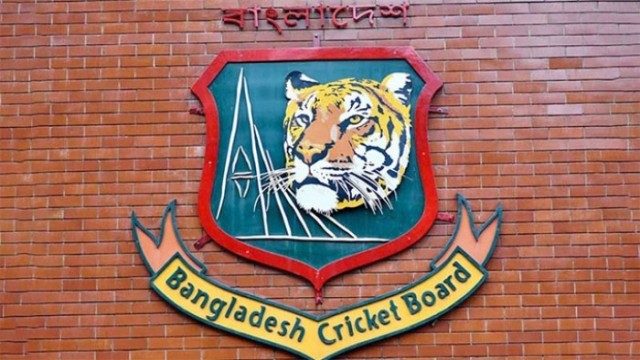
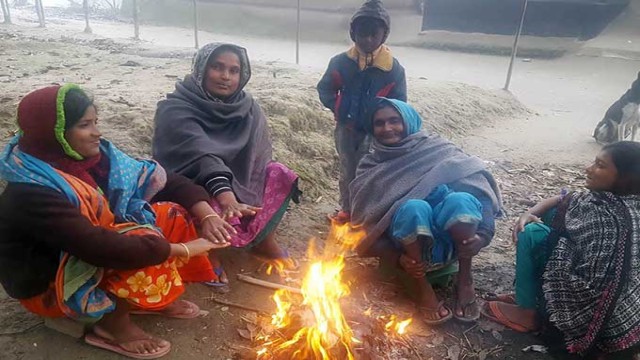

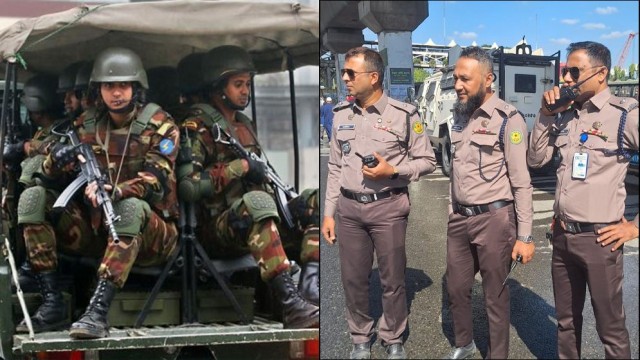
Comment: